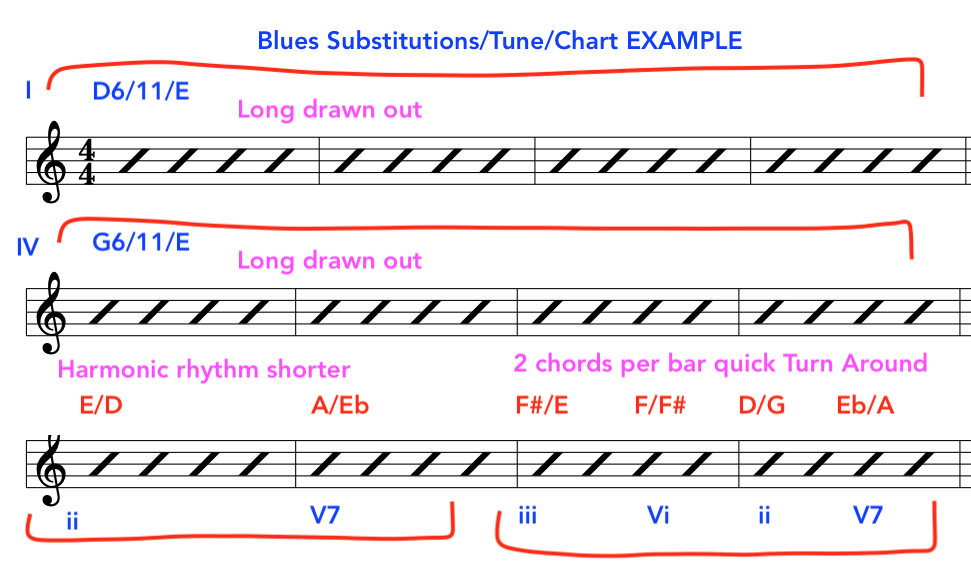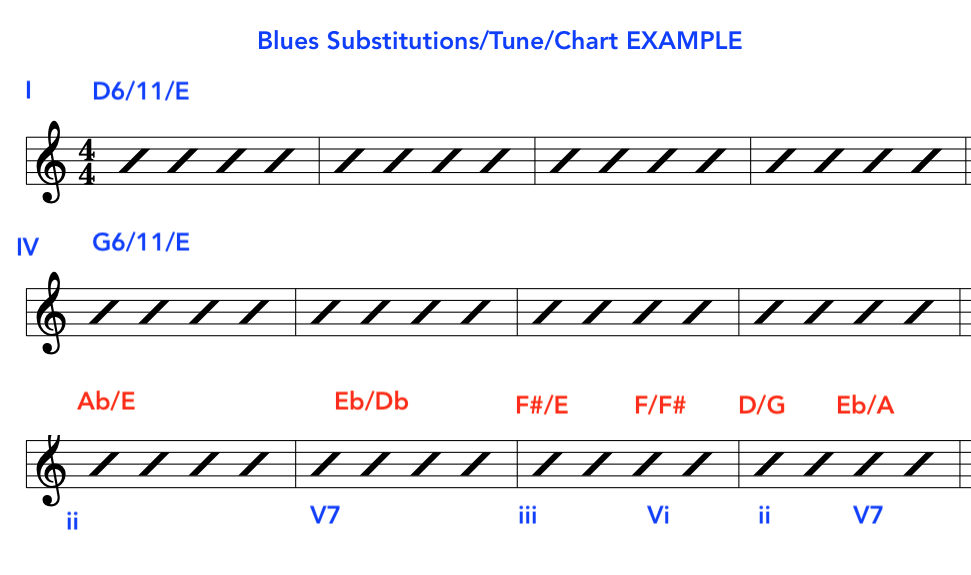
IMPORTANT: Please watch video above for detailed info:
Hi Guys,
Today, a quick look at another way of exploiting modes/improvisation on the guitar fingerboard.
We will be creating music via concepts/musical tools based on this minor shape.
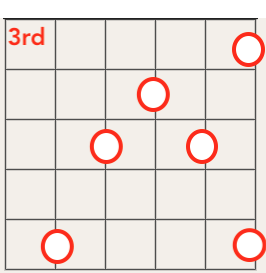
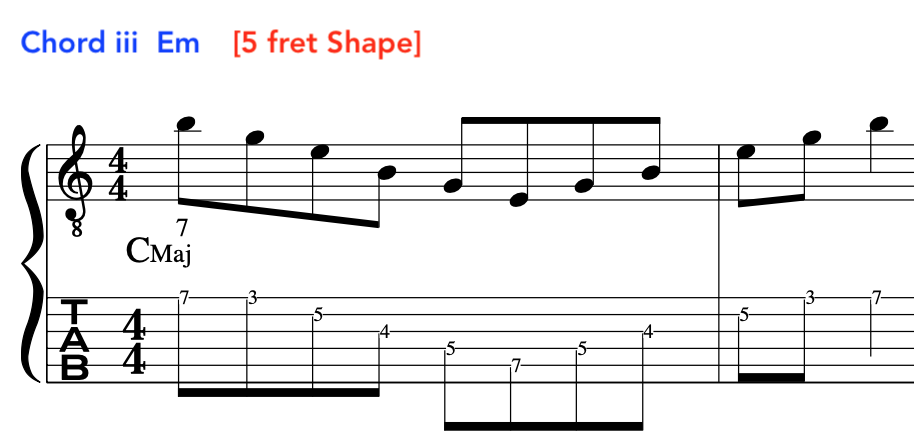
Why do this?
Because with this 5 fret shape arpeggio we can easily create:
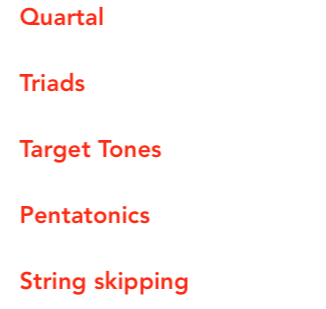
So, for instance in C Major [Ionian] we can take chord iii and Vi arpeggio shapes as a solid base and create/develop improvisation-as opposed to learning millions of scale/mode shapes/patterns etc.
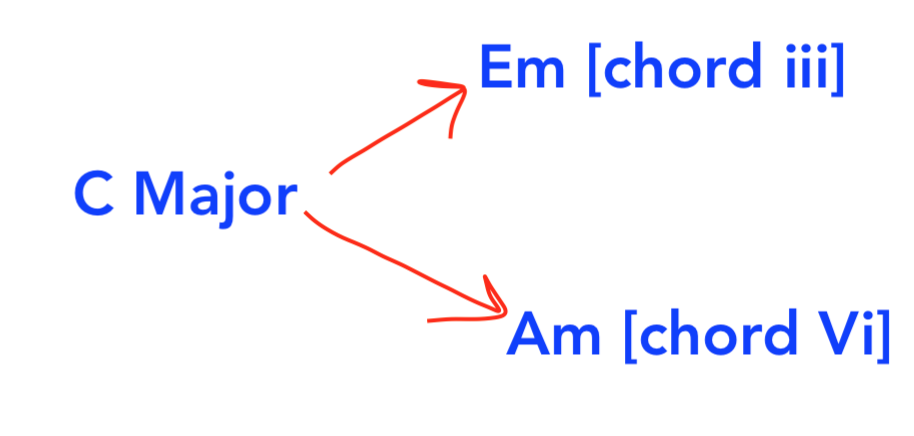
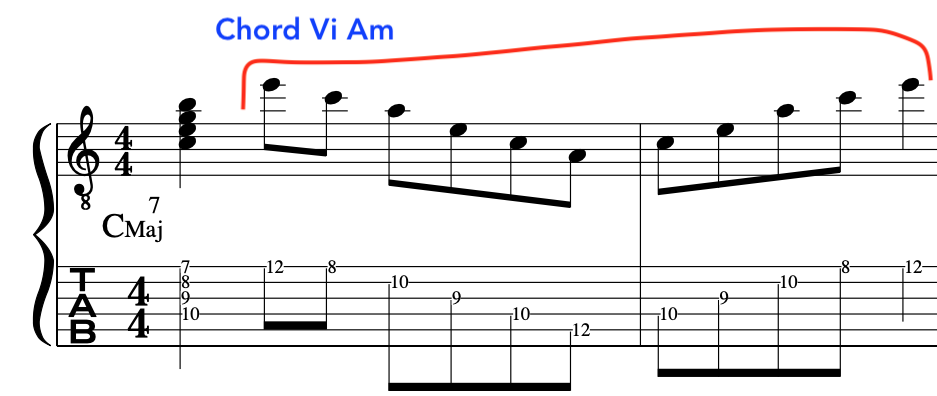
With this as a base we can develop proper musical lines and rhythmic phrasing
Before we start it’s important to see how easily chords iii and Vi link together:
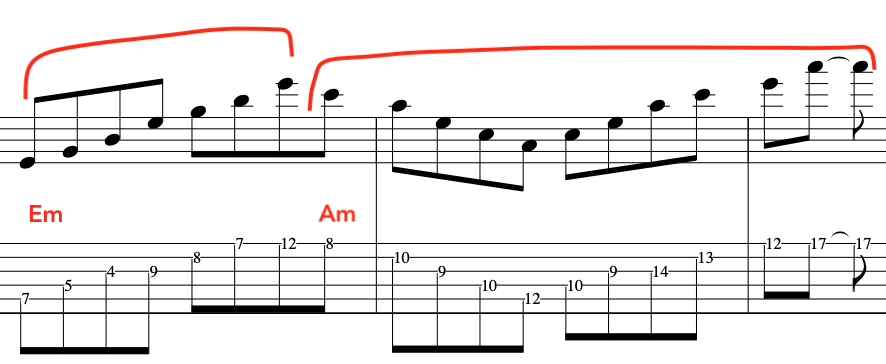
Example:
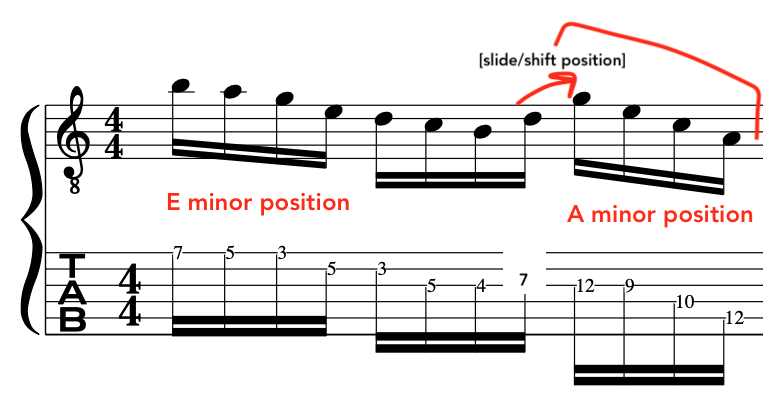
The first thing to be aware of is the basic pentatonic’s right under our fingertips with this arpeggio shape:
[These pentatonic’s give us some basic building blocks from the outset]:
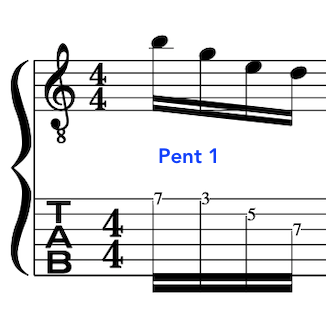
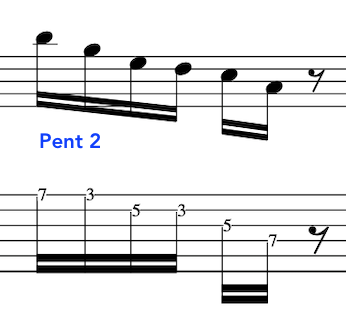
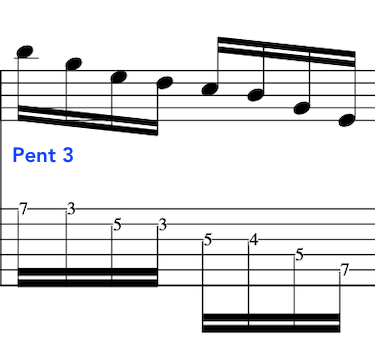
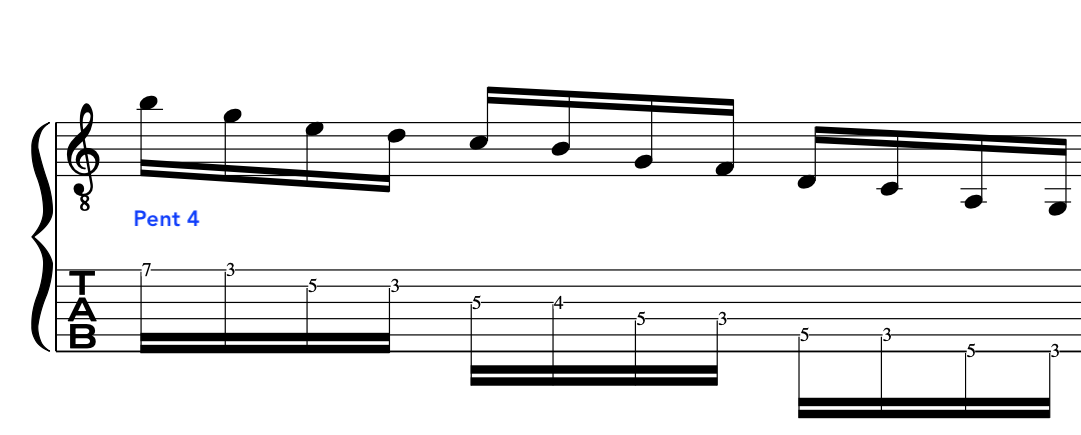
QUARTAL SOUNDS
Next let’s add some 4ths for a Quartal jazz/fusion-esque sound:
Descending:
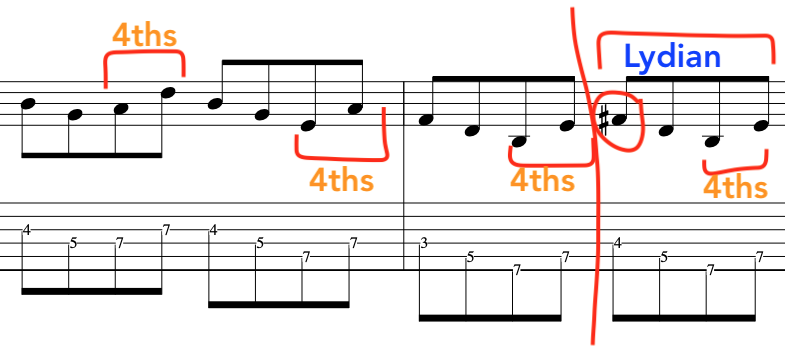
Ascending:
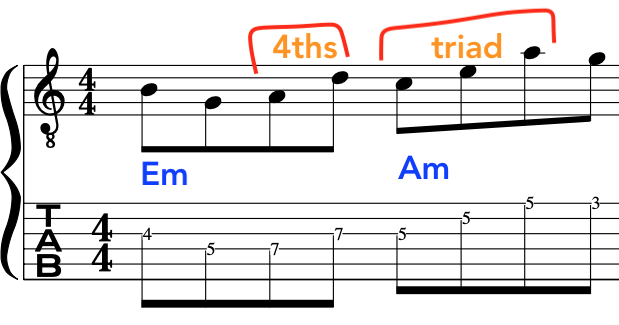
With extension
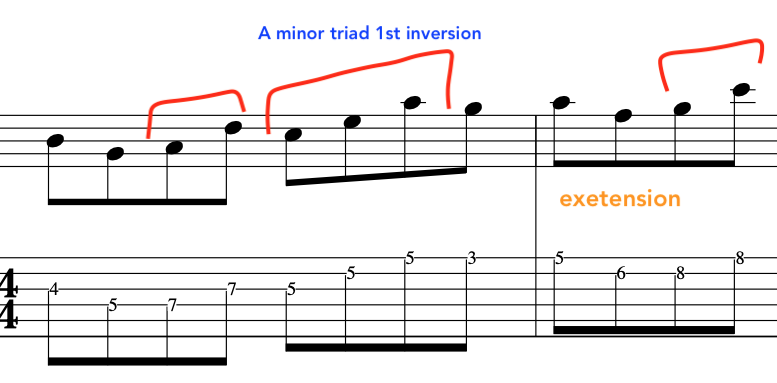
Basic Quartal fingerboard movement:

CYLE OF 4THS
Another thing to take into consideration is the cycle of 4ths under our fingertips:
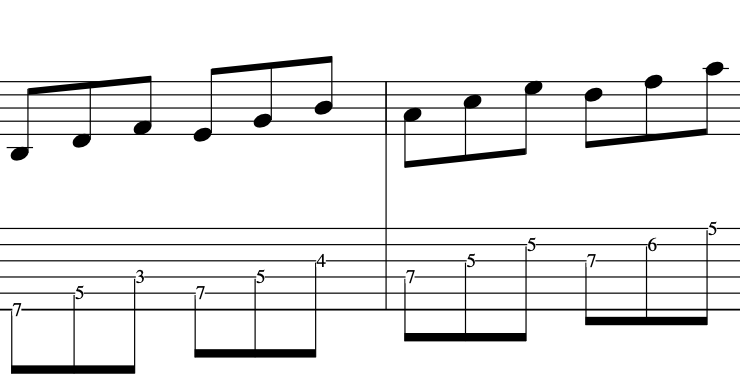
Remember that we can also make these, major, minor, diminished or augmented:
For instance all major:
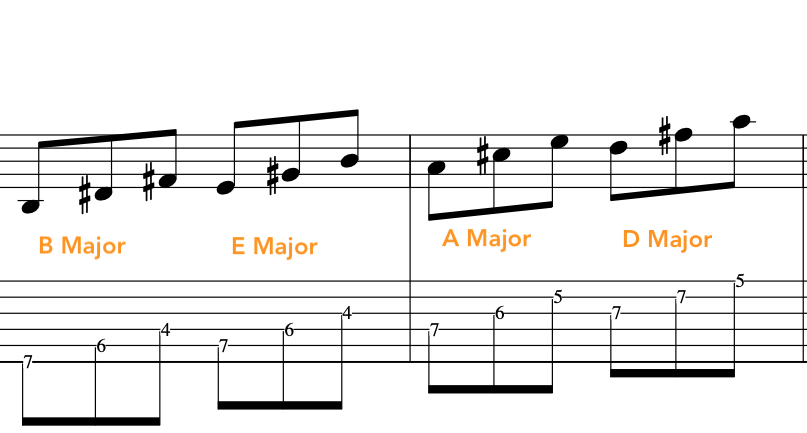
All minor
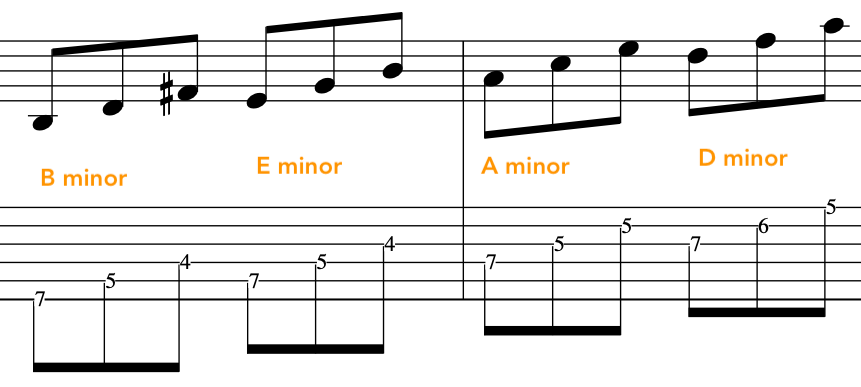
[This gives us even more colour and choices for chromaticism/chromatic movement right under our fingertips once again]
TARGET TONES/APPROACH NOTES [JAZZ CHROMATICS]
Below, we can see the set-up for target tones with this Em arpeggio shape:
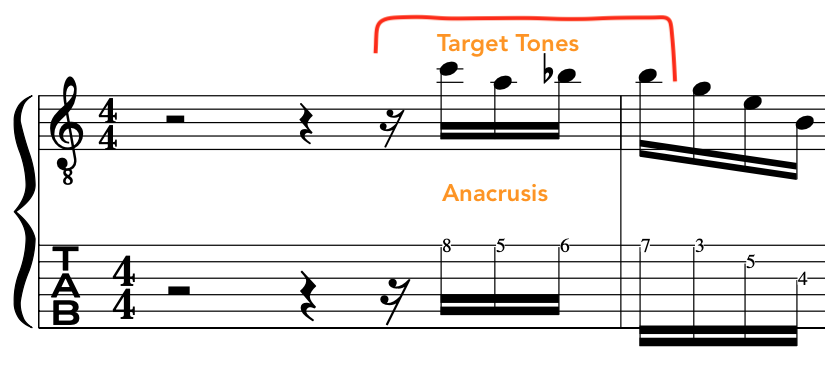
We can also add some chromatic notes to this to create a longer jazzy-esque line:
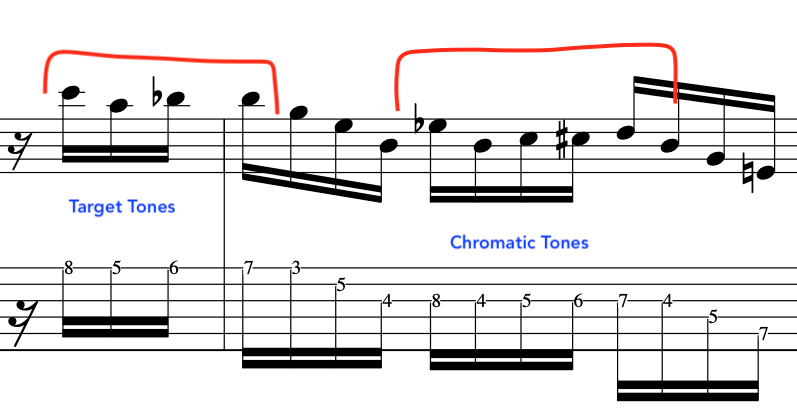
String Skipping Petnatonic’s
String skipping works well because it removes familiarity/cliches from the ear:
Here are two examples:

Example 2:
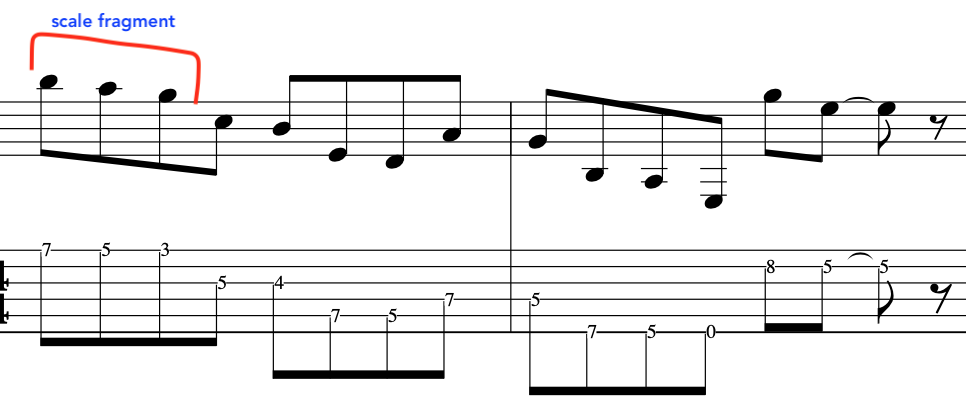
PAIRING TRIADS
Lastly pairing triads works really. Here is a Lydian example:
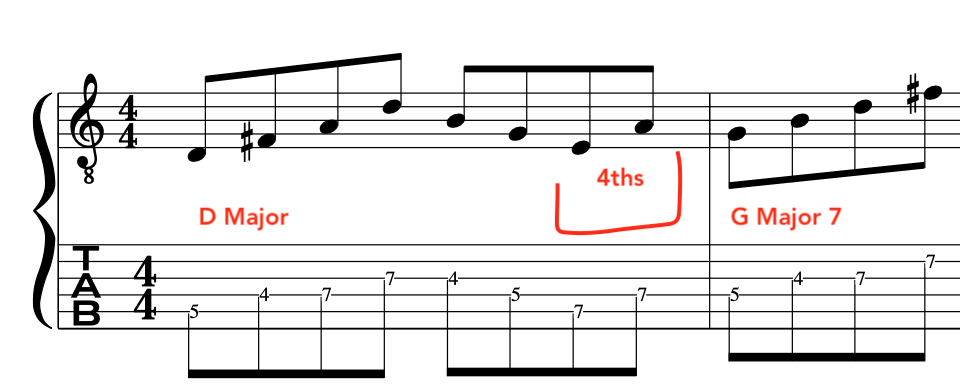
conclusion
This blog has only really touched on this way of thinking, but, you can see how easy it is to make connecting lines and musical phrasing and how to exploit improvisation tools from this simple minor arpeggio shape.
THANKS FOR VIEWING!…IF THIS LESSON WAS OF USE TO YOU THEN PLEASE SUBSCRIBE TO US BELOW ON YOUTUBE, THANKS!










